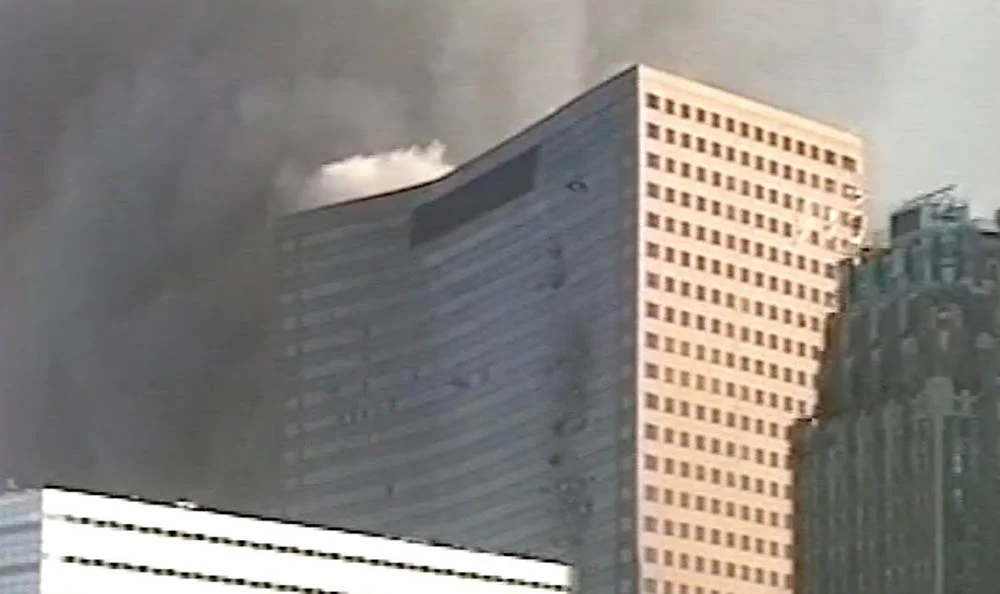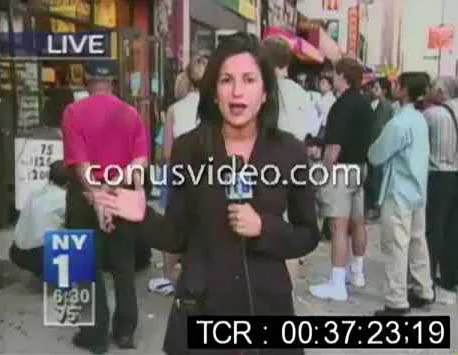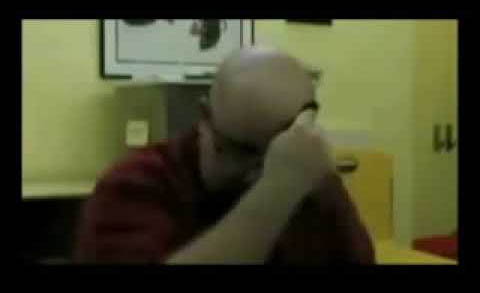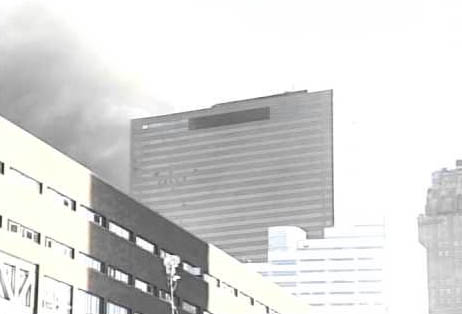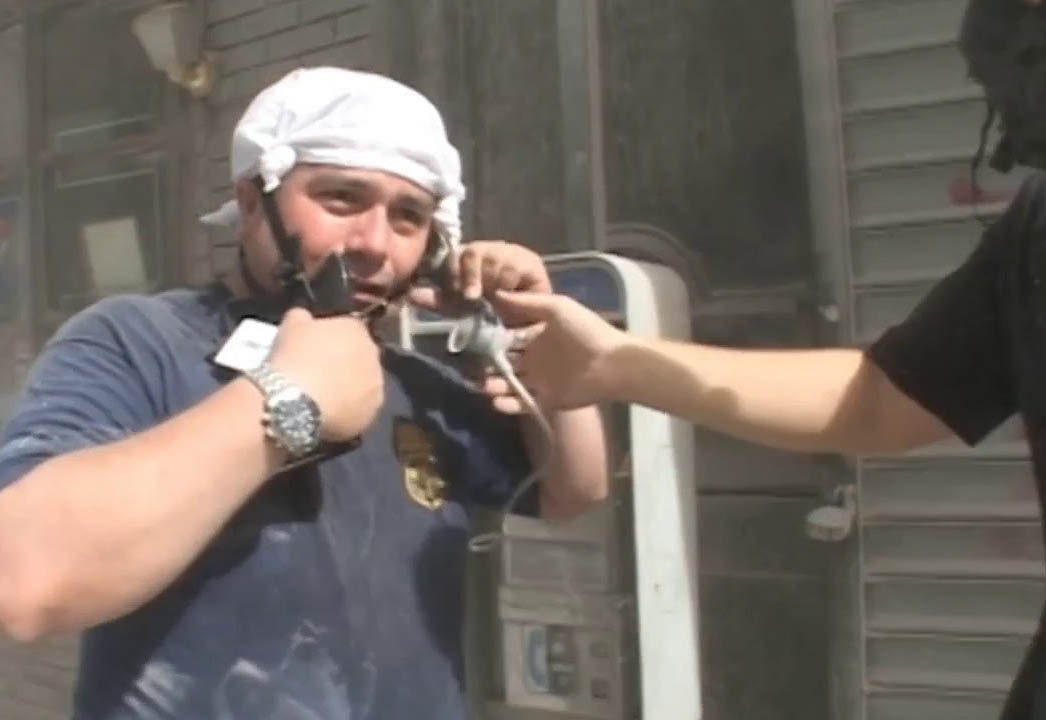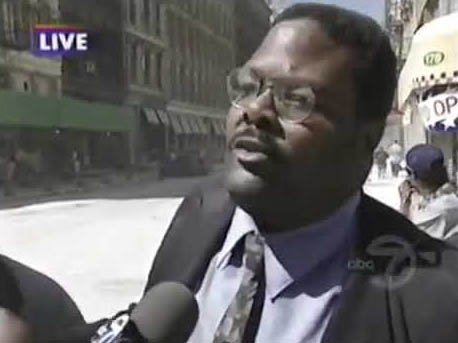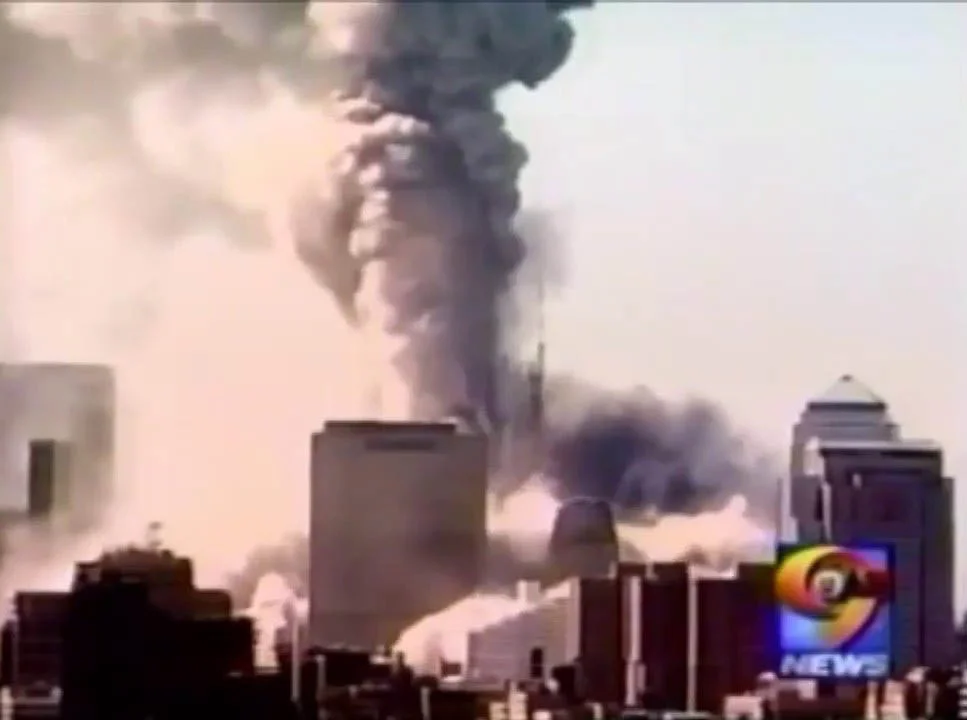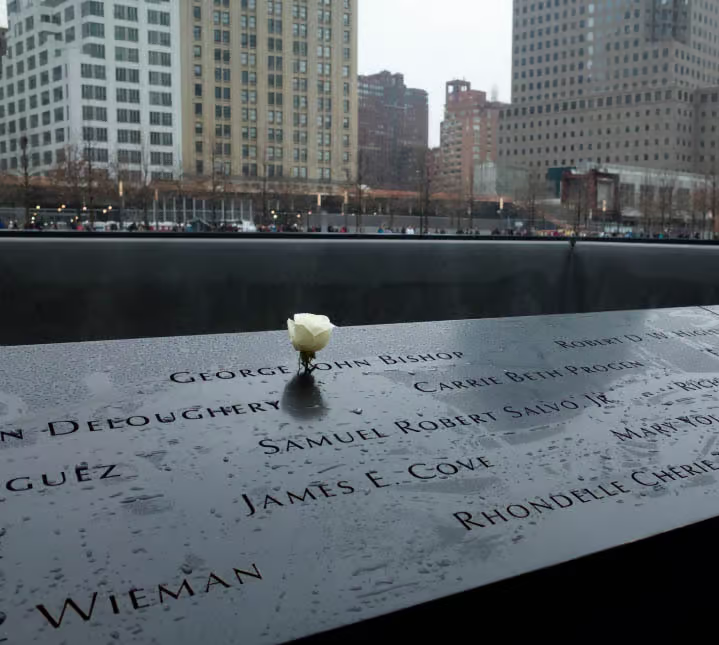World Trade Center Building 7 was a 47-story steel-framed high-rise on the north side of the World Trade Center complex. It collapsed to the ground at 5:20 PM on 9/11:
Most people who watch the collapse of Building 7 suspect it was a controlled demolition, and the scientific evidence overwhelmingly supports this hypothesis.
Here are seven facts that illustrate the simple truth about Building 7. . .
1. Conflicting Fire-Based Theories
In 2008, the National Institute of Standards and Technology (NIST) issued its final report on the collapse of Building 7. This report was the culmination of a six-year investigation that began in August 2002. For the first four-plus years of its investigation, NIST “had trouble getting a handle on building No. 7,” according to Dr. Shyam Sunder, NIST’s lead investigator. It was not until the spring of 2007, four-and-a-half years into the investigation, that NIST finally came up with an explanation:
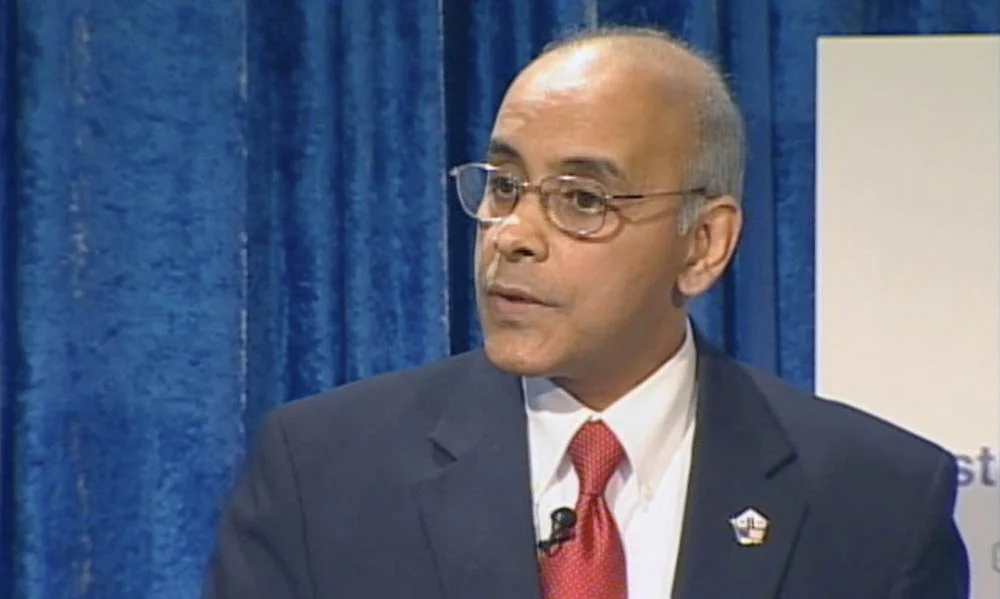
Many people assume that NIST’s explanation for the collapse is authoritative and broadly supported within the structural engineering community. But that is not the case. In fact, there are at least four conflicting theories of how Building 7 supposedly succumbed to fire. These theories are outlined in a 2020 paper by proponents of one of those theories, who write:
“After years of investigation by some of the world’s leading experts in both fire and structural engineering, there remains multiple possible hypotheses without any consensus on how the building behaved and failed because of the fire. . . . The collapse of WTC 7 remains to this day a unique event in the history of structural fire engineering. Despite occurring nearly twenty years ago, there is no real way to know what exactly caused its failure.”
The existence of so many conflicting theories indicates there is no compelling evidence for any one of those theories, and thus there is no compelling evidence that Building 7’s collapse was due to fire. The idea that the collapse of Building 7 is a mystery that will never be solved is an absurd notion brought about by a small cadre of experts refusing to consider the most likely hypothesis: controlled demolition.
2. Fire Burnout Prior to Collapse
Video and photographic evidence indicate that there were no fires in the northeast corner of the 12th floor of Building 7 for at least 90 minutes prior to the collapse. Yet NIST alleges that the collapse was triggered by the thermal expansion of floor beams at the northeast corner of the 13th floor.
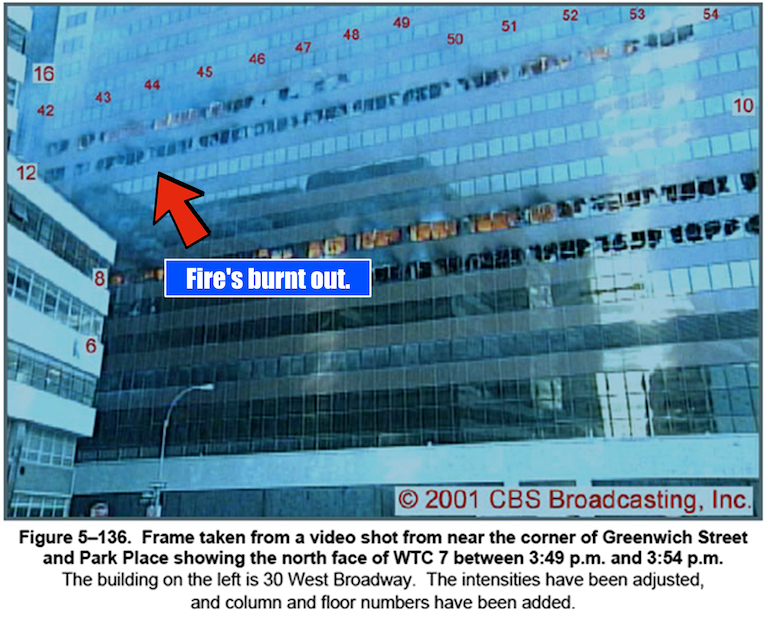
For NIST’s claim to be accurate, the fires on the 12th floor would have had to be actively heating the floor beams on the 13th floor when the collapse sequence initiated. Since there were no fires on the 12th floor for at least 90 minutes prior to the collapse, the floor beams would have cooled and contracted and thus could not have initiated the collapse as claimed by NIST.
3. Sudden, Symmetrical Free Fall
Not only did Building 7 collapse completely — which was unprecedented in the history of steel-framed high-rises — it did so in absolute free fall for the first 2.5 seconds or so of its seven-second descent. This means that the structure below the falling upper section provided no resistance whatsoever. It must therefore have been destroyed by explosives and not by the falling upper section, as the falling upper section would have slowed down if it were crushing the structure below.
What’s more, Building 7 entered into free fall instantaneously and simultaneously across the entire measurable width of the roofline. Certain parts of the building’s exterior did not begin to deform or collapse before other parts did, nor was there a gradual build-up to free fall. Instead, the entire building went from being stationary to being in free fall in an instant.
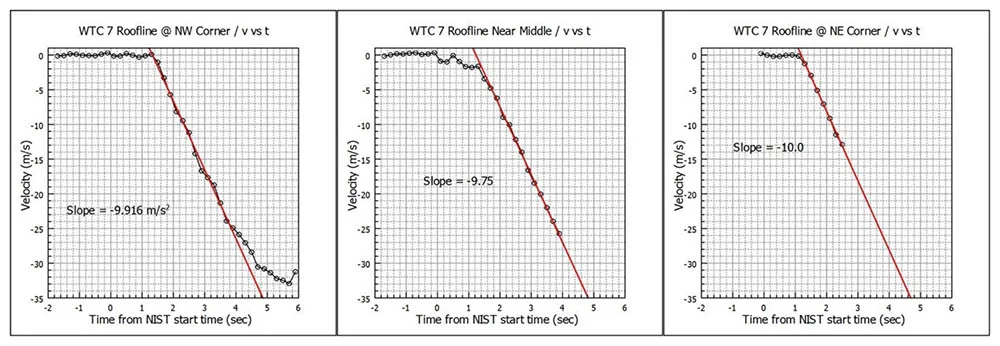
In addition, the building’s descent was almost perfectly symmetrical for the first approximately four seconds of the collapse.
All of these features are totally inconsistent with a fire-induced progressive collapse and are the reason the destruction of Building 7 looks exactly like a controlled demolition.
4. Melted Steel Beams
Most of the steel from Building 7 was quickly removed under suspicious circumstances. But several beams were recovered. They exhibited “unusual erosion patterns,” including holes that made the steel look like “Swiss cheese.”
A team of fire engineers and metallurgical experts from Worcester Polytechnic Institute (WPI) studied one of these steel beams and found evidence of a “severe high temperature corrosion attack on the steel, including oxidation and sulfidation with subsequent intergranular melting.” They added: “A liquid eutectic mixture containing primarily iron, oxygen, and sulfur formed during this hot corrosion attack on the steel. . . . The eutectic temperature for this mixture strongly suggests that the temperatures in this region of the steel beam approached 1,000°C (1,800°F), which is substantially lower than would be expected for melting this steel.”

Members of the WPI team later speculated that the erosion was caused by sulfur from gypsum wallboard (i.e., fireproofing material). However, gypsum contains elemental sulfur, which cannot undergo the sulfidation observed in the beams. Also, no experiment — including one performed by two of the WPI researchers — has been able to replicate the observed erosion.
On the other hand, the use of thermite mixed with sulfur — called thermate — readily explains the observed erosion. Since no other source of sulfur has been identified, it is beyond doubt that some form of thermate caused the observed erosion and was used in the demolition of Building 7.
5. Evidence of Explosions
In addition to Building 7’s free fall and the presence of severely eroded steel beams indicating the use of thermate, there is ample eyewitness, audio and seismic evidence of explosions, both at the onset of Building 7’s collapse and earlier in the day.
The eyewitness evidence includes reports by NY1 reporter Gigi Stone Woods, an NYU medical student named Darryl, and NYPD officer Craig Bartmer:
Audio evidence of explosions at the onset of collapse is found in two different video recordings. The sound of a loud explosion was also captured on video recorded two blocks from Building 7 earlier in the day:
In addition, two eyewitnesses reported a massive explosion on or near the 8th floor as they were attempting to evacuate the building that morning:
NIST attributed this perceived explosion to debris from the 10:28 AM collapse of the North Tower impacting the building. However, the event the two eyewitnesses reported clearly happened earlier than 10:28 AM, since NIST accepts that they left the 23rd floor no later than 9:59 AM, and it would not have taken them 29 minutes to walk down 15 floors (that’s almost two minutes per floor). Their account of an explosion on or near the 8th floor is corroborated by the severe damage to the interior of the 8th floor, which was observed later in the day. That damage, which included severed core columns and two elevator cars that were ejected from their shafts, is inconsistent with debris impacting the exterior of Building 7.
Moreover, there is seismic evidence of explosions, consisting of two seismic signals about 10 seconds apart. The first signal was generated just before the collapse of the east penthouse, and the second signal was generated just before the overall collapse of the building.

NIST attributed the first seismic signal to an alleged cascade of floor failures in the northeast corner of the building and the second seismic signal to the building’s fall. This hypothesis is illogical and impossible on many levels.
First and foremost, a number of floor sections collapsing on each other sequentially well above ground level simply could not generate much seismic activity. Furthermore, this alleged cascade of floor failures would have been small in magnitude compared to the internal structural failures that followed it — so it makes no sense that the alleged cascade of floor failures would generate the most seismic activity.
Secondly, the second seismic event occurring just before the building started its descent makes no sense within the official story. We would expect to see seismic activity when the top of the building impacted the lower structure and the ground. We would not expect to see seismic activity prior to the building’s downward motion.
The only logical conclusion is that the timing of the two seismic events is far more consistent with explosive detonations. The first set of detonations destroyed the columns underneath the east penthouse, causing it to fall into the building. The second set of detonations then took down the rest of the structure.
6. Foreknowledge of Collapse
Starting at around 11:00 AM on 9/11, officials at the scene began predicting, with a high degree of certainty, that Building 7 would collapse later in the day.
An analysis of interviews with 504 members of the New York Fire Department revealed that about 60 of them mentioned anticipating that Building 7 either would collapse or might collapse. According to the analysis, 50 of them were told, typically by their superiors, that Building 7 would or might collapse. In contrast, only seven of them assessed on their own that it would or might collapse.
In 31 cases, the warning was definite — e.g., Building 7 is definitely coming down. Meanwhile, in 27 cases the warning was indefinite. In cases where the timing of the warning was indicated, half (17) were within two hours of the collapse and the other half (16) were two hours or more before the collapse (with six of those occurring more than four hours before). In one startling example reported in a BBC interview, Deputy Fire Chief Peter Hayden described being told by an engineer, five hours before the collapse, “In its current state, you have about five hours.” The limited evidence we have suggests that all of this foreknowledge originated with the New York City Office of Emergency of Management, which was one of the building’s tenants.
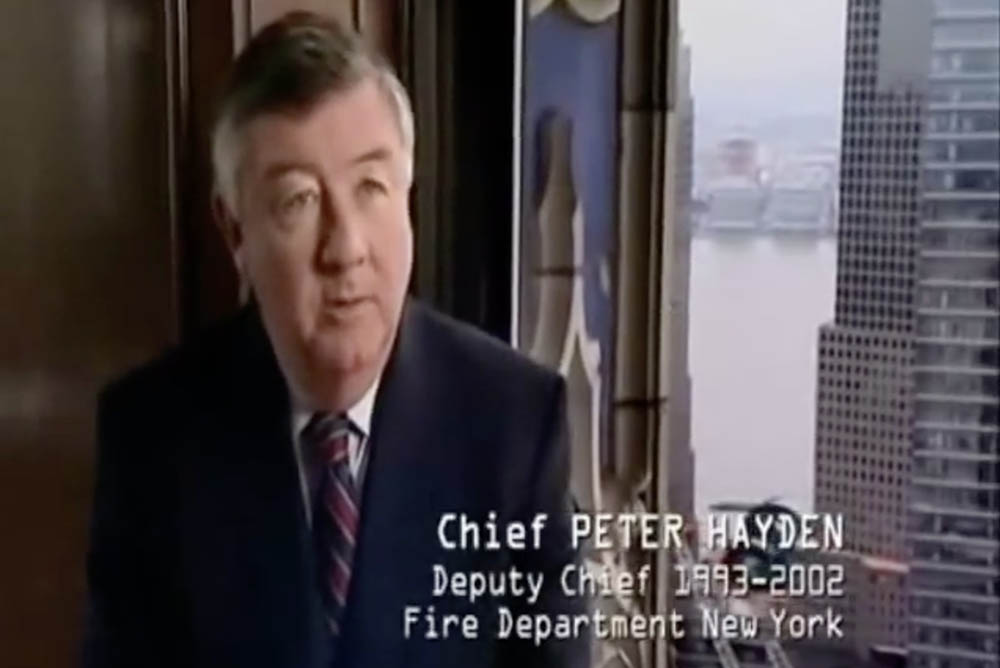
Over the course of the day, the high degree of certainty that Building 7 would collapse spread gradually to the news media. Many outlets reported the collapse as imminent, and three outlets — the BBC, CNN, and WCBS — reported the collapse as having happened before it actually did:
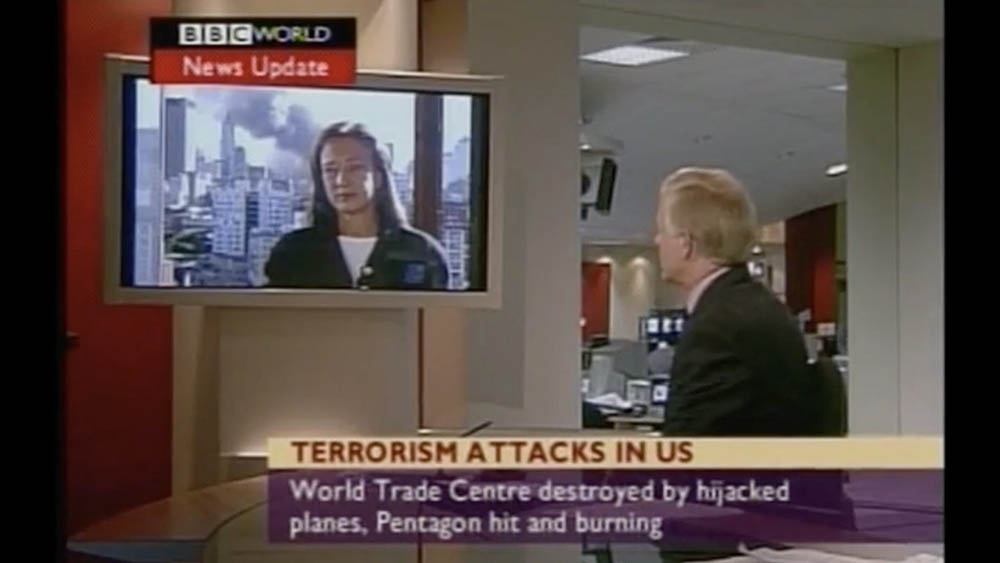
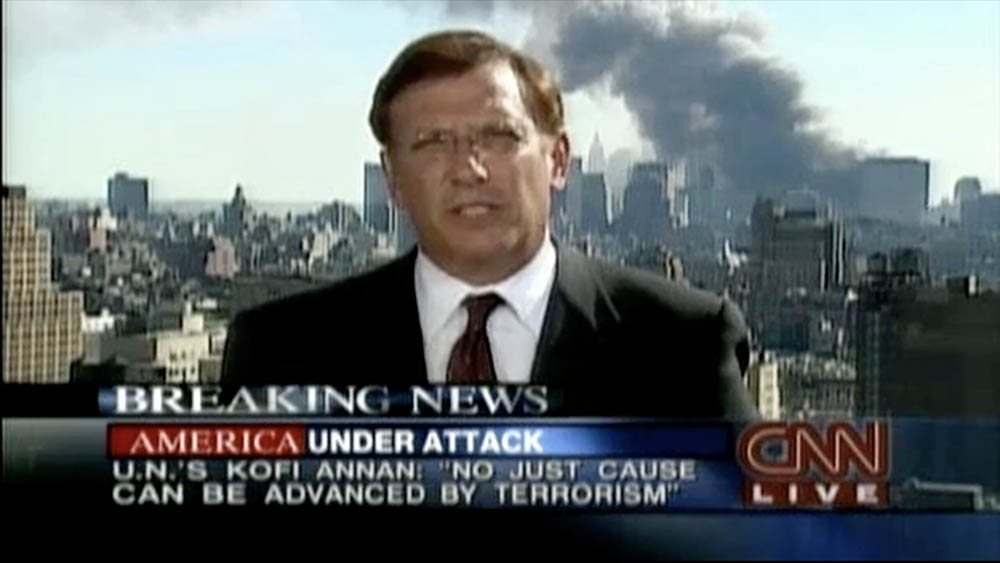
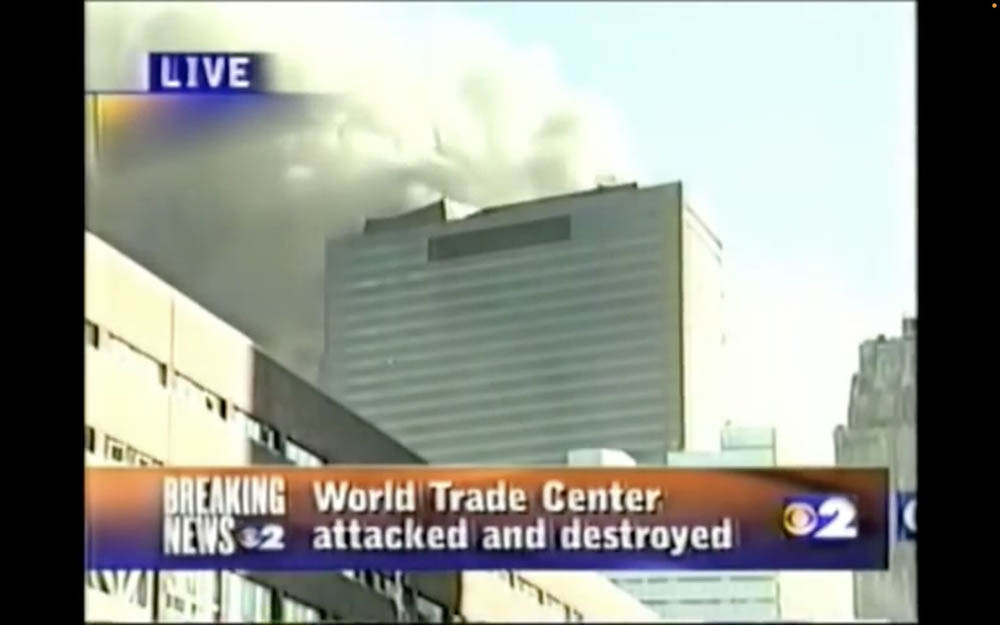
The high degree of certainty so many hours in advance that Building 7 would eventually collapse is completely inconsistent with a spontaneous, natural, fire-induced collapse. This point is underscored by the fact that the engineering community was “stunned” by the collapse and to this day is unable to provide a consensus view of how the building collapsed due to fire.
7. Suspicious Tenants
Building 7 was home to several tenants that had the means, the opportunity, and a potential motive to destroy the building. Among them were the CIA, the US Secret Service, the US Department of Defense and the New York City Office of Emergency Management:
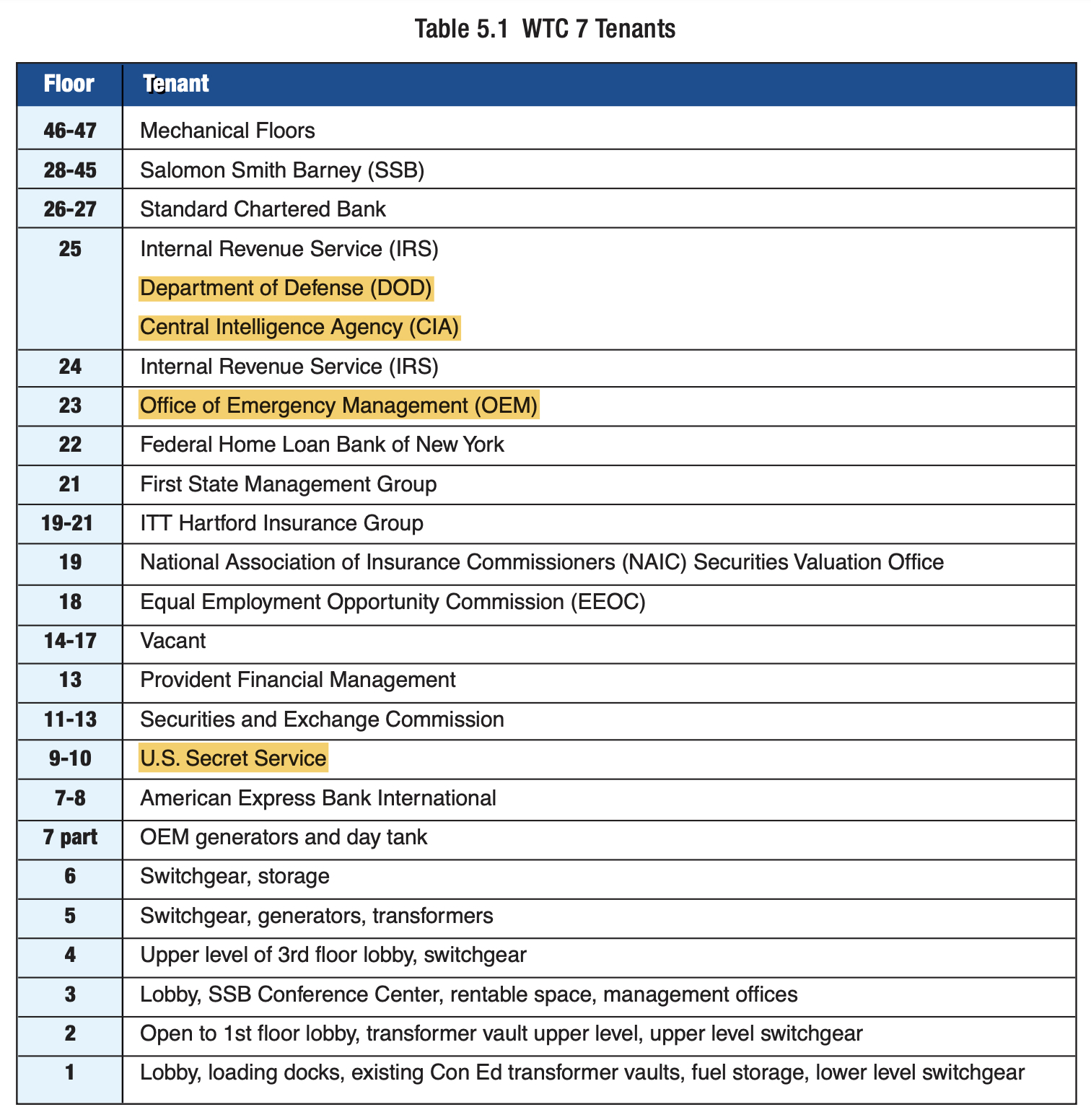
Many 9/11 researchers have hypothesized that the attacks were coordinated from these offices inside Building 7 and that the only sure way to destroy the evidence of the crime was to destroy the building. This is a plausible motive for the intentional destruction of Building 7, though other motives may have also played a role.
Support the Pursuit of 9/11 Justice
Thanks to the tireless efforts of thousands of people around the world, the pursuit of 9/11 justice is still alive and gaining momentum. Your gift will enable the Center to do its part — spearheading research, education, and action aimed at catalyzing a global 9/11 awakening.

